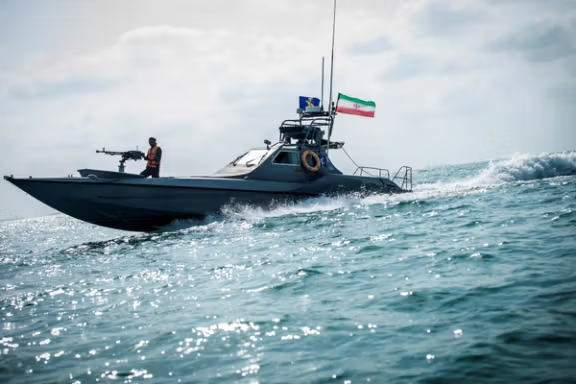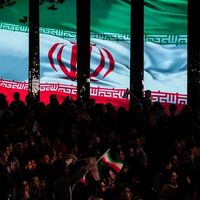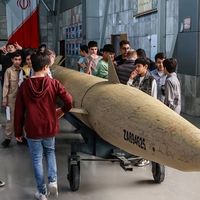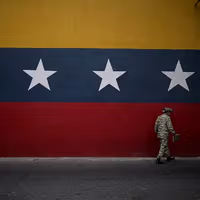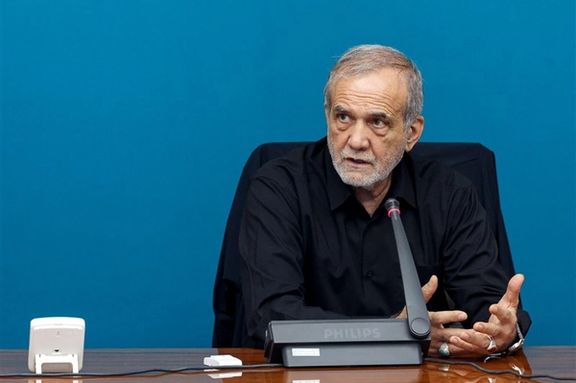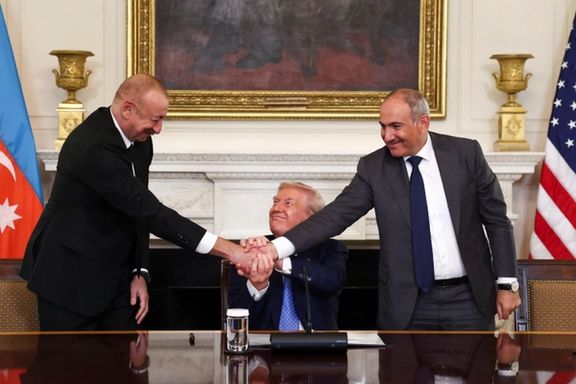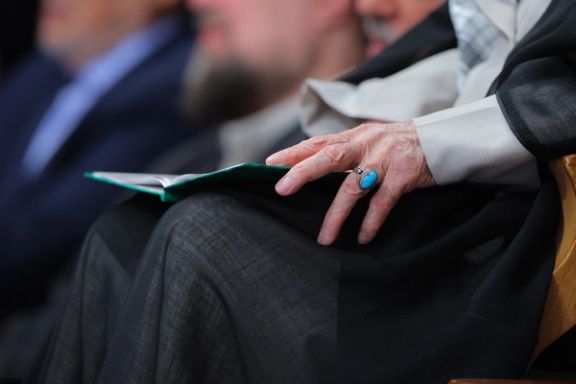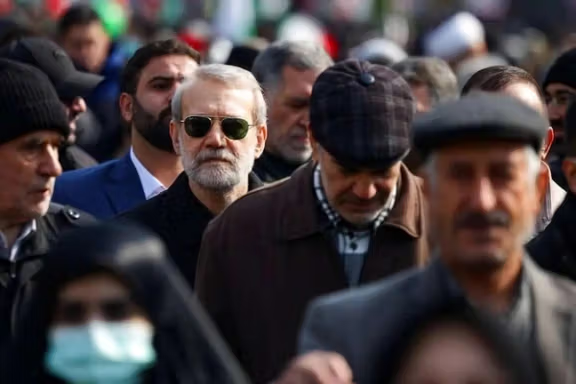The aftermath of Israel’s strikes, which dismantled parts of Iran’s military command structure in hours, continues to reverberate through the Revolutionary Guards.
The targeted attacks killed over 20 senior commanders, including Mohammad Bagheri, Chief of Staff of Iran's Armed Forces; Hossein Salami, IRGC Commander-in-chief; and Gholamali Rashid, Head of Khatam al-Anbiya Central Headquarters.
Some commanders died in their homes, others in a secure bunker during an urgent meeting said to be convened after a cyber-generated fake message.
In the immediate response, the system moved quickly to announce replacements — Abdolrahim Mousavi as new Chief of Staff of Iran's Armed Forces, Mohammad Pakpour as IRGC Commander-in-chief, and Ali Shadmani at Khatam al-Anbia.
Within five days, Shadmani was killed in what his daughter described as a car chase by an Israeli hit team.
The daily Kayhan wrote another commander had been appointed but withheld the name for security reasons, a report officials have neither confirmed nor denied.
Iran International’s review shows that other key posts remain vacant: the Armed Forces’ Deputy for Operations, previously held by Mehdi Rabbani; the Deputy for Intelligence, formerly Gholamreza Mehrabi; the IRGC Aerospace Force Intelligence post left by Khosro Hassani; and several regional intelligence commands.
Many of the 30 senior officers killed have yet to be replaced.
The attacks on June 21 also struck the IRGC’s external arm, killing Mohammad Saeed Izadi, who oversaw Palestinian operations, and Mohammadreza Nasirbaghban, the Quds Force’s deputy for intelligence. No successors have been named, even as Tehran seeks to rebuild its regional alliances after the conflict.
Silence surrounds IRGC navy chief’s absence
IRGC Navy chief Alireza Tangsiri has been absent from public view for nearly two months.
Tangsiri, who between late-March and early June appeared in over 20 official interviews and speeches in nearly 75 days and repeatedly issued harsh warnings to the US and Israel, has had no public or media presence for almost two months, since just before the war began.
On August 8, state media published a written message under his name for National Journalists’ Day, but it remains unclear if he authored it.
A source familiar with the matter, speaking anonymously, said Tangsiri has cancer and that his deteriorating health has kept him out of public events.
His absence, coupled with the unfilled naval command posts, is costly for the armed forces’ structure.
Attempted fixes and lingering risks
In an effort to restore coordination, the Islamic Republic has formed a Defense Council comprising representatives from the army, IRGC, intelligence ministry, and general staff. Chaired by the president, with Supreme Leader envoys Ali Shamkhani and Ali Akbar Ahmadian as members, the council is intended to bridge operational gaps.
Still, without permanent appointments to critical posts — especially in operations, intelligence, the Quds Force, and the navy — Iran’s military command remains in flux.
The continuing vacancies, layered over the unprecedented loss of top brass, point to more than a temporary disruption. They suggest a deeper challenge to the Revolutionary Guards’ ability to maintain both strategic direction and battlefield command.

